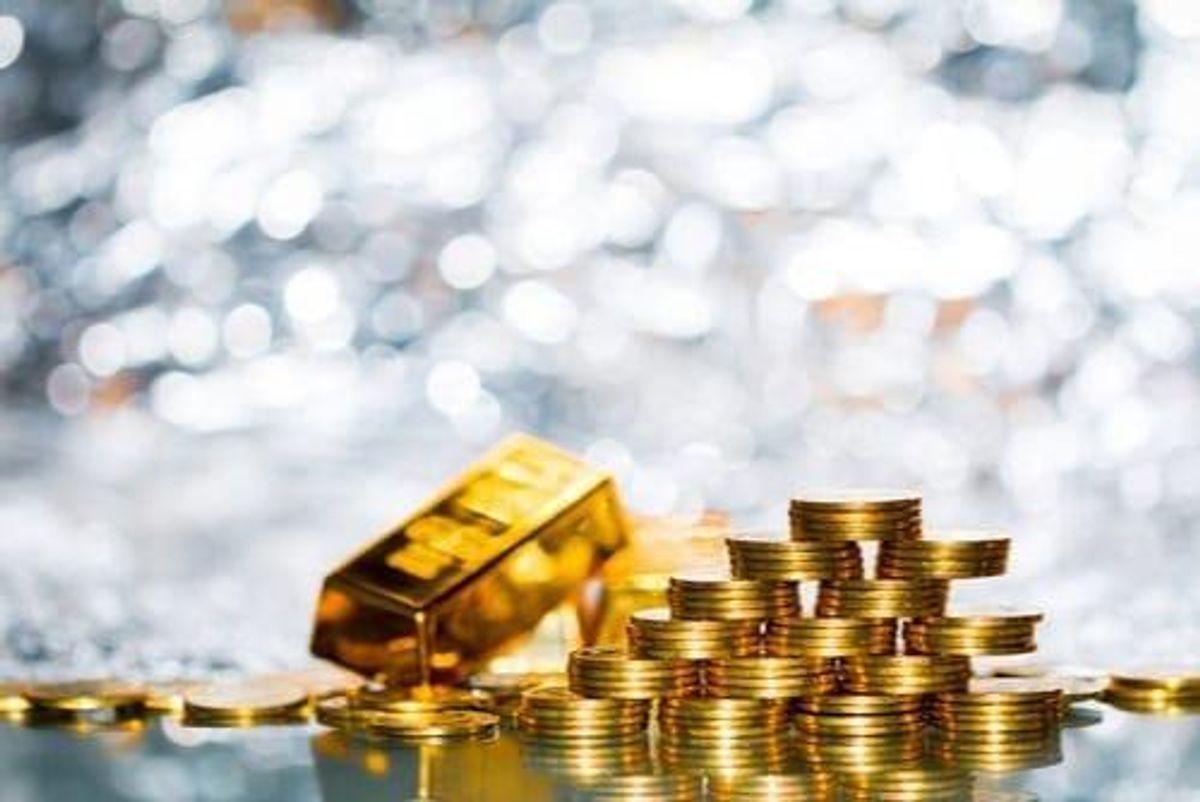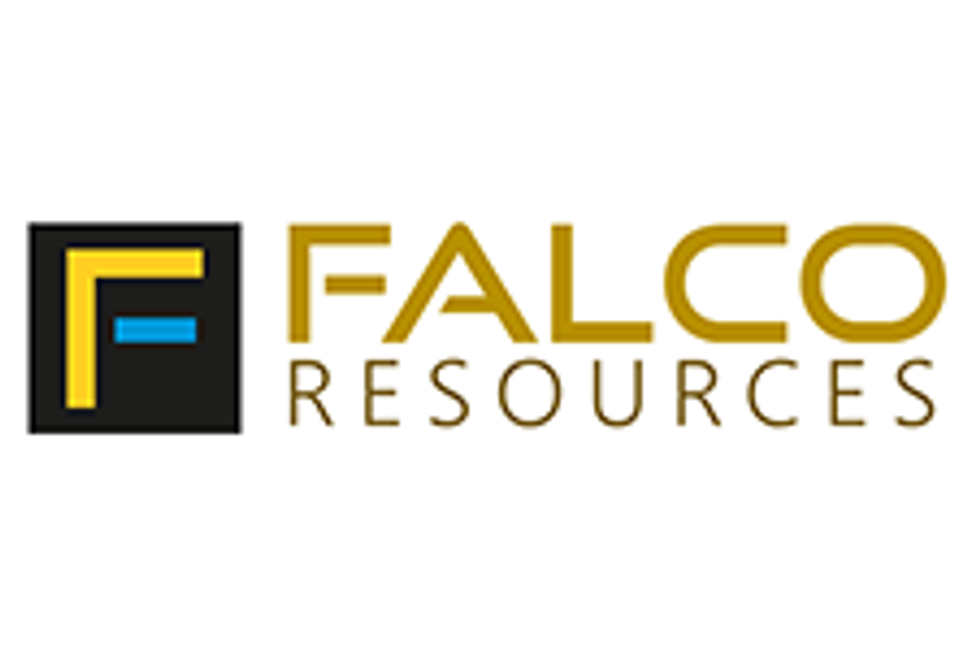- AustraliaNorth AmericaWorld
Investing News NetworkYour trusted source for investing success
- Lithium Outlook
- Oil and Gas Outlook
- Gold Outlook Report
- Uranium Outlook
- Rare Earths Outlook
- All Outlook Reports
- Top Generative AI Stocks
- Top EV Stocks
- Biggest AI Companies
- Biggest Blockchain Stocks
- Biggest Cryptocurrency-mining Stocks
- Biggest Cybersecurity Companies
- Biggest Robotics Companies
- Biggest Social Media Companies
- Biggest Technology ETFs
- Artificial Intellgience ETFs
- Robotics ETFs
- Canadian Cryptocurrency ETFs
- Artificial Intelligence Outlook
- EV Outlook
- Cleantech Outlook
- Crypto Outlook
- Tech Outlook
- All Market Outlook Reports
- Cannabis Weekly Round-Up
- Top Alzheimer's Treatment Stocks
- Top Biotech Stocks
- Top Plant-based Food Stocks
- Biggest Cannabis Stocks
- Biggest Pharma Stocks
- Longevity Stocks to Watch
- Psychedelics Stocks to Watch
- Top Cobalt Stocks
- Small Biotech ETFs to Watch
- Top Life Science ETFs
- Biggest Pharmaceutical ETFs
- Life Science Outlook
- Biotech Outlook
- Cannabis Outlook
- Pharma Outlook
- Psychedelics Outlook
- All Market Outlook Reports
Ross Norman: Gold Price Could Approach All-time High in 2020

“The various items we’re looking at all point to the same direction and pretty well the same number,” said Ross Norman in a presentation.
Despite some turmoil, gold has performed strongly overall in 2020 — as of Thursday (April 23) it was up around 11 percent year-to-date, trading near US$1,720 per ounce.
But where is gold going for the rest of the year? According to independent analyst Ross Norman, the metal could get close to the US$1,900 level in 2020, and it may even pass that point.
Norman shared his views in a presentation at the World Gold Forum, an online event put on by the Denver Gold Group. Read on to learn why he thinks all signs point to a better price for gold.
Negative real rates the real driver for gold
As mentioned, Norman has a positive outlook on the gold price, and to start he explained why he thinks the precious metal is positioned to succeed. In his opinion, a shift into gold started to happen in 2018 and 2019, eventually allowing it to pass the key US$1,360 mark in June of last year.
“What was it in 2018 and 2019 that spurred this massive move into gold? We believe that the long-term driver of money into gold has been negative real rates, in particular in relation to long-term US Treasuries,” he suggested to listeners.
He explained that gold reacts poorly to strong US Treasury yields, but responds well to weak yields. For example, a yield of -3 percent would result in a “galloping” gold price rise of between 30 and 40 percent.
In 2018, futures traders were net short gold, he said. But as US Treasury yields started to fall, they reversed their positions. “That was the swing factor — that was the driving force that took us to that really important US$1,360 level,” he said. Norman added that the move in gold was also supported by factors like institutional buying and exchange-traded fund interest.
“In the current environment, where we’ve got negative yields of about -1.5 percent, you will expect gold to go up between … 10 and 20 percent,” he said. “Indeed, we saw last year gold up 18 percent. This year (gold is up) year-to-date 8 percent. We believe there is scope for more.”
Specifically, Norman suggested that gold could see an increase of as much as 24 percent in 2020, leading to a rise to US$1,885 by year end.
All signs point to a higher gold price
While Norman was clear about the importance of negative real rates to the gold price, he noted that it of course has other influencers, and ran through three other factors that support higher levels.
“Interestingly, the various items we’re looking at all point to the same direction and pretty well the same number,” he said. Here’s a brief rundown of his thoughts.
1. US debt level supports gold at US$1,914
Displaying a chart showing the level of US federal debt versus the price of gold, Norman said there’s a “very strong correlation coefficient” between growth in US federal debt and the value of the yellow metal.
At the moment, he said, American federal debt stands at US$24 trillion — and that of course is well before we’ve added the considerable sums which are likely to arise as a result of the coronavirus.”
Norman explained that if the correlation coefficient between US federal debt and the gold price holds, that US$24 trillion figure should translate into a gold price of US$1,914.
2. Gold’s recession performance suggests level of US$1,882
Secondly, Norman discussed how gold has performed during several major recessions since the 1970s.
“It’s often said that gold goes through a hockey stick or J-shaped curve — lower before higher — and indeed that seems to have happened this time around,” he said.
A key point to note is that gold tends to see a five part move higher for a 10 part move lower in equities. “That seems to be the average on the six recent recessions that we’ve had there,” Norman explained.
In his opinion, given that the S&P 500 (INDEXSP:.INX) declined 34 percent in this year’s correction, “we should correspondingly expect a 17 percent rise in gold in the near term. That would suggest a gold price of US$1,882 by year end.”
3. Bull market behavior for gold points to price of US$1,885
Finally, Norman discussed gold’s run rate, honing in on how the metal tends to perform in a bull market.
“In my perception, gold has got two modes: on and off, bull run or bear run,” he said, noting that in a bull run gold tends to see annual gains in the realm of 20 to 25 percent.
“There is some evidence to believe that last year, 2019, with an 18 percent gain, was the beginning of a gold bull run, and we feel that that run is likely to continue,” said Norman. “Were that to be the case, you again should expect to see gold at year end at about US$1,885.”
A non-consensus gold price prediction
Summing up his thoughts, Norman said there are many reasons for the gold price to rise in 2020.
“Gold looks as if it might come just short of the all-time high of US$1,922 that it saw back in 2011. But we do think that … we’ve only seen a short, small part of what will continue to be a bull run,” he said.
Norman did point out that this prediction is not in line with those made by other forecasters. Referencing the London Bullion Market Association’s annual precious metals price survey, he said his call for an average gold price of US$1,755 this year is outside the ranges given by most other participants.
“What we’re suggesting here is not a consensus view, it’s very much an outlier. We think gold will continue to rise — it’s had an 8 percent gain year-to-date — (and) there could be a further 12 percent in our view, maybe even more than that depending on how the coronavirus plays out.”
Don’t forget to follow us @INN_Resource for real-time updates!
Securities Disclosure: I, Charlotte McLeod, hold no direct investment interest in any company mentioned in this article.
Latest News
Outlook Reports
Featured Precious Metals Stocks
Browse Companies
MARKETS
COMMODITIES
| Commodities | |||
|---|---|---|---|
| Gold | 2326.04 | -7.02 | |
| Silver | 26.86 | -0.21 | |
| Copper | 4.67 | -0.01 | |
| Oil | 82.42 | -0.21 | |
| Heating Oil | 2.54 | 0.00 | |
| Natural Gas | 2.06 | +0.04 | |
Investing News Network websites or approved third-party tools use cookies. Please refer to the cookie policy for collected data, privacy and GDPR compliance. By continuing to browse the site, you agree to our use of cookies.





